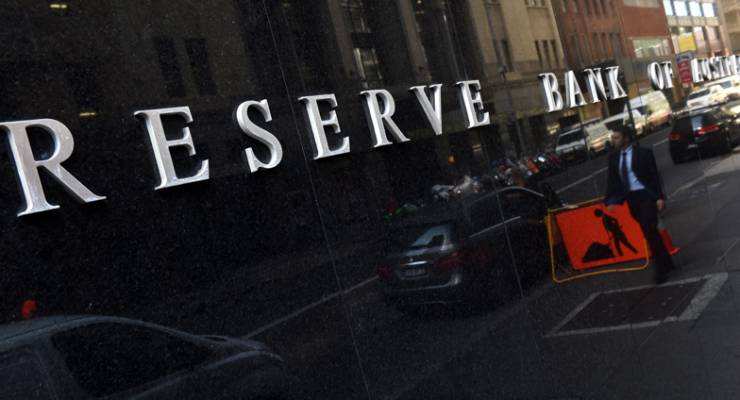
Nothing is meant to be easy these days in economic policymaking, as this morning’s Consumer Price Index data demonstrates. Unlike the very obvious rate cut-justifying March quarter reading of minus 0.2%, CPI bounced back into positive territory in the three months to June with a rise of 0.4% in headline inflation. That was right on market forecasts, but the annual rate dipped to 1.0%, the lowest annual rate since 1999, when John Howard was in his second term.
While this will drive speculation about a rate cut from the Reserve Bank next Tuesday, the RBA will look at its two preferred measures, the trimmed mean and weighted median, and there the news wasn’t as clear cut as it seemed in the March quarter. The trimmed mean rose 0.5%, compared to 0.2% in the March quarter, and the weighted median rose 0.4% against just 0.1% in the March quarter. That meant the two measures favoured by the RBA rose 1.7% and 1.3% year-on-year respectively, suggesting there were some cost rises in the economy during the period that were passed on to customers. But the bottom line is that inflation remains well under the RBA’s target range of 2% to 3% over time, and there is little in the ABS report that suggests any change to that situation for some time.
According to the ABS, medical and hospital services and petrol (rising again after three quarters of falls) were the main sources for the rise, but domestic travel and accommodation, motor vehicles and telecommunication equipment and services fell. That contains a couple of clues as to whether the RBA will cut next week: the rise in medical and hospital services happens in the second quarter of most years because of the timing of annual health fund cost rises from the federal government, while fuel costs were always going to rebound from the lows earlier in the year — and in fact, oil prices have now fallen sharply since their most recent peaks. Tobacco, which also went up, was down to federal government excise increases. In other words, the main drivers weren’t cost rises linked to the health of the economy.
So given that, what will the RBA do? The minutes of the July board meeting say: “Inflation was still expected to remain quite low for some time given very subdued growth in labour costs and very low cost pressures elsewhere in the world … Measures of inflation expectations — from consumers, market economists, union officials and financial markets — had remained below average.” They went on to say “the Board noted that further information on inflationary pressures, the labour market and housing market activity would be available over the following month and that the staff would provide an update of their forecasts ahead of the August Statement on Monetary Policy” and that that “information would allow the Board to refine its assessment of the outlook for growth and inflation and to make any adjustment to the stance of policy that may be appropriate”. The most important part of those comments was the new staff forecasts for the Third Statement of Economic Policy, due out on Friday week. That will allow the central bank to explain next Tuesday’s decision either way. On balance a rate cut wouldn’t surprise, but another month of sitting pat would also not be a shocker.







Oh why don’t they just cut it to zero and hasten the flow of self funded retirees on to the pension. That should help things along…